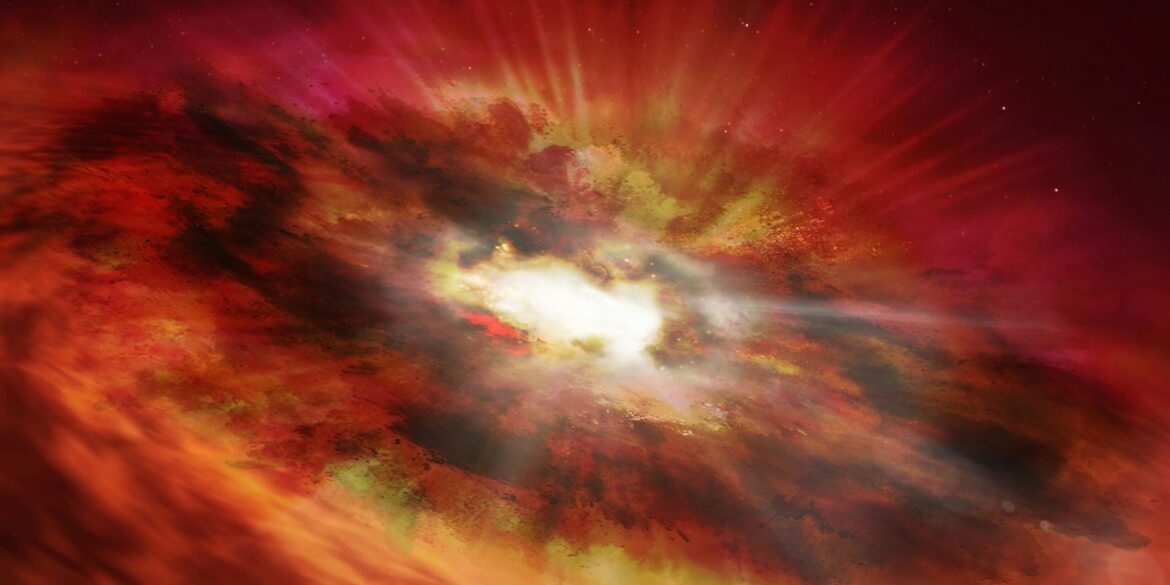On November 26, 2025, researchers at Michigan State University revealed exciting new findings that bring astronomers closer to solving one of the most enduring mysteries in astrophysics: the origin of the universe’s most energetic cosmic rays. These ultra-high-energy particles, which have long puzzled scientists, are the subject of a breakthrough study that traces a high-energy signal back to a pulsar wind nebula. This discovery could significantly narrow the field of potential sources and offer astronomers a clearer target for future investigations.
Cosmic rays are high-energy particles that travel through space at nearly the speed of light. While their existence has been known for over a century, understanding their exact origin has proven elusive. For decades, astrophysicists have been trying to pinpoint the source of the highest-energy cosmic rays, which are far more energetic than anything produced by human-made particle accelerators.
The breakthrough came when researchers analyzed a high-energy signal that had previously been detected by the Large High Altitude Air Shower Observatory (LHAASO), a facility known for its ability to capture data from cosmic rays. The study identified this signal as being associated with a pulsar wind nebula, a region where a pulsar — a highly magnetized rotating neutron star — expels a powerful stream of energetic particles. These particles interact with surrounding matter, creating the high-energy emissions observed by LHAASO.
This connection between pulsar wind nebulae and the origin of cosmic rays narrows down the range of possible sources for these ultra-high-energy particles. Prior to this discovery, several candidate sources, including supernova remnants, black holes, and other exotic cosmic phenomena, had been proposed. However, the pulsar wind nebula theory now stands out as a compelling possibility, offering a more specific avenue for future research.
While the results are promising, scientists caution that more observations and data are necessary to confirm this link definitively. However, the discovery marks a major step forward in understanding the origins of cosmic rays and opens up exciting prospects for future observational campaigns. Researchers will continue to study pulsar wind nebulae and other potential sources, hoping that further data will help settle the mystery once and for all.
This breakthrough not only deepens our understanding of cosmic rays but also contributes to the broader study of high-energy astrophysical phenomena. As telescopes and observatories continue to improve, the next few years may reveal even more about the forces and objects responsible for these energetic particles, bringing us closer to understanding some of the most extreme environments in the universe.

